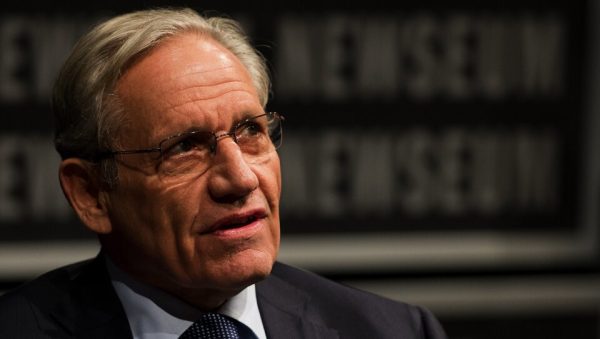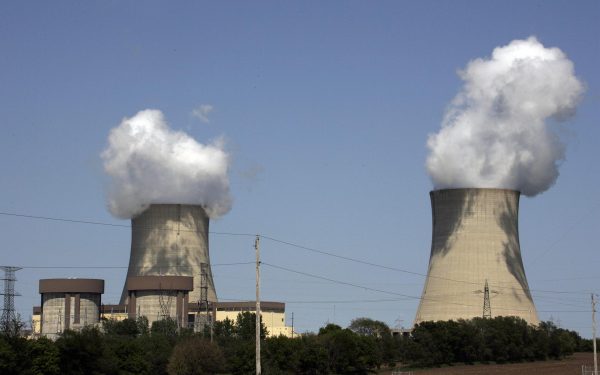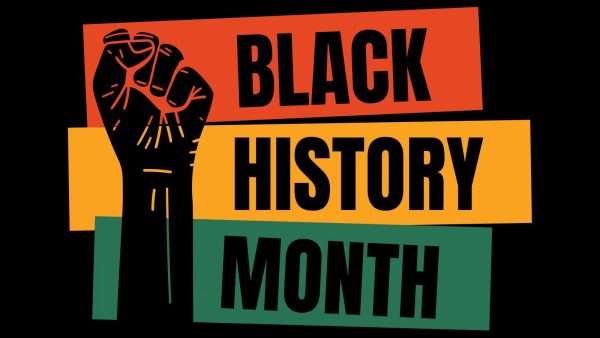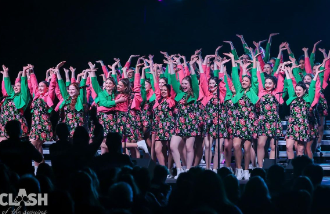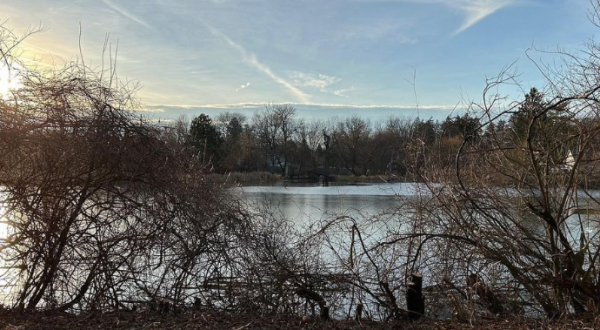HBCU College History
December 12, 2022
When it comes to education comes history and because of this Historically Black Colleges formerly known as HBCUs are one of many that contribute to this. These types of colleges intended to provide the necessary opportunity for African American students to gain proper higher education despite not being able to during the years of slavery and being denied to attend schools already established because of the mandate of legal segregation. This supports the importance of HBCUs and why we still have them today.
Starting from the year 1837 before the civil war came the starting foundation known as the Institute of Colored Youth was founded by Richard Humphrey in Philadelphia, Pa. This formally established necessary learning skills and better educated African American students to further evolve into educators with the primary teachings of understanding trades and agriculture restoring the skills needed in the economy to provide the necessary teachings students needed further on. It later evolved into the Cheyney training school for teachers. From then on introduced Schools such as Lincoln University in 1854 and Wilberforce University in 1856. During this time, the schools supported those who hadn’t received an education before creating their establishments. Not until late 1890 that more institutions were able to evolve once the involvement of the Morrill Land-Grant Act to override the odds of segregation established that states were to open their land-grant institutions to black students which provided more education for agricultural and mechanical arts and allowed more schools to be established.
This further led to the year 1965 when HBCU colleges became officially defined as a school of higher education by congress all due to the Trail 3 Higher education Act which was a way to support the overall structure of HBCUs becoming a source to help strengthen the foundation of the schools. This is supported by the U.S Department of Education which states, “Title III- authorizes the Strengthening Historically Black Colleges and Universities (HBCUs) program award grants to eligible institutions to assist them in strengthening their academic, administrative, and fiscal capabilities.” This shows the necessary benefits HBCUs schools began to receive with the ability to evolve and have the proper support and resources to further contribute to students that attend them. HBCU schools continued to grow uplifting African American students and providing the necessary tools to receive a proper education. As of now, there are up to 107 Historically black colleges which the New York Times states, “HBCUs make up only three percent of colleges across the country that continue to thrive and educate students of color.” While the quantity of Hbcu schools isn’t high, this doesn’t defeat its purpose. “This is why I tell people why I push my daughter so hard towards applying to HBCU colleges so that she can be a part of something that I know will support her and provide a good education for people like her to succeed,” said Shay Miller. She then continued to say: “When I Hear HBCUs what comes to mind is Pride, courage, and strength because that’s what it took to initially put these schools in place. I feel like ist very important for the representation of people who look like me in education. Young people need to know it is possible and there are opportunities for them to make it.”
Seeing the benefits HBCUs have they continue to provide what students need to become successful. “HBCUs provide undergraduate training for 75 percent of all Black Americans holding a doctorate; 75 percent of all Black officers in the armed forces; and 80 percent of all Black federal judges,” states HBCU first.
Also mentioned by New America “There is incredible diversity within the sector with regard to institution type: 87 percent of HBCUs are four-year institutions, 51 percent are public, 17 percent are land grant institutions, 10 percent are research institutions, 23 percent are masters universities, 48 percent are baccalaureate universities, 4 percent are seminaries and 2 percent are medical schools.” This is vital towards the opportunity students have that are necessary to receive their education.“HBCUs have been integral in providing leadership and role models for the African American community, the nation as a whole, and the globe,” states Mila Turner, Ph.D., Assistant Professor at Florida A&M University. While HBCUs do carry a line of history and support the education of African American students this doesn’t exclude the importance of diversity for it is to be open for all students to be able to develop the necessary skills and education they need for their futures. HBCUs have provided a substantial amount of support for students carrying the necessary history so students today can continue traditions and further the timeline of what HBCUs can do for one’s education and how they can still contribute to the history of education making more opportunities available and brighter futures.

